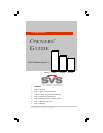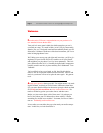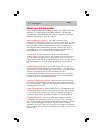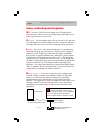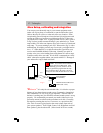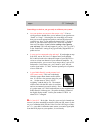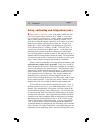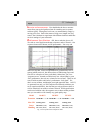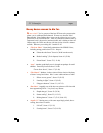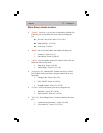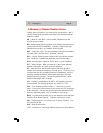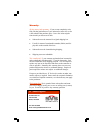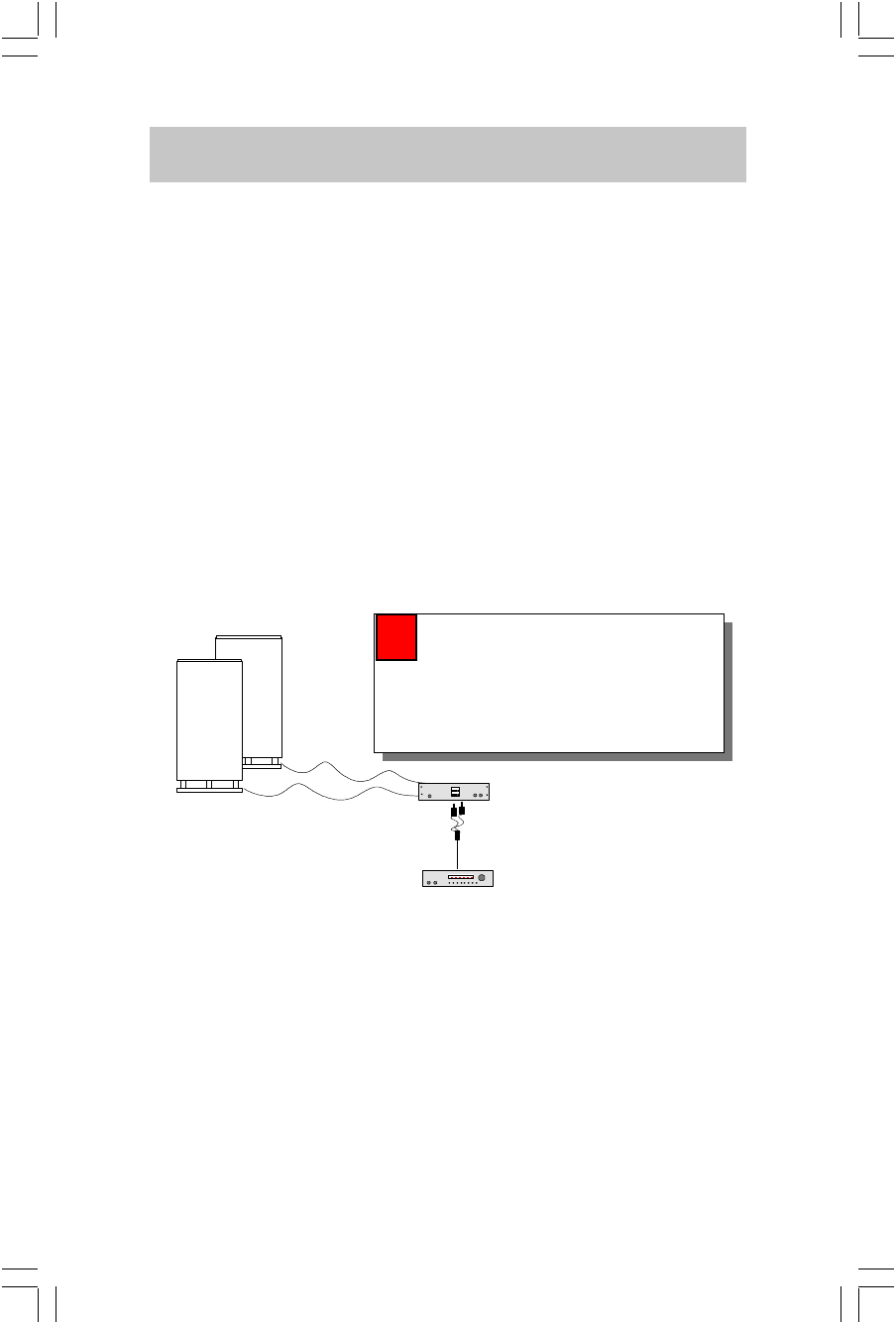
You can put your subwoofer amp in your current equipment stack
(make sure it gets plenty of ventilation) or run the subwoofer signal
cable to the amp in a closet, or other out of the way location. Some
exceptionally powerful amps are fan cooled and you might want such
an amp out of the way location to avoid hearing the fan. Either way,
you can then use simple 14 or 12 gauge speaker wire (b. above, plus d.
in Fig 2 below) to then connect the amp to your subwoofer (s). Some
amps sold by SVS allow one input to drive
both channels
of a dual sub/
amp setup. If you are running a pair of SV Subwoofers (fig. 2) with a
standard amp, or bridging a stereo amp for one sub, you might need to
use a “Y” cable adapter (c.) to split the subwoofer signal from your
receiver and feed both channels of the amp. Naturally two pairs of
speaker wires, (two wires leading from each channel of a stereo amp),
would be used to drive two subs. We do NOT recommend you “daisy
chain” subwoofers together unless you consult with SVS. Damage to
your subwoofer, amp, or both can result!
“C
alibration
”
isn’t only for tech minded folks, it’s critical to a proper
balance of your home theater sound system. Fortunately, channel bal-
ance calibration is as easy to do as it is important. The first order of
business is making sure your DD/DTS surround sound system is set up
properly. We recommend you consult your audio/video receiver (or
processor) manual to refresh on the procedures to do this. Generally,
this requires ensuring the receiver’s test tones, or a special test disk
(like
Video Essentials
) plays back at the same volume from each of
your system speakers. That’s Right, Center, Left, Right Rear and Left
Rear speakers, plus the subwoofer . (More on sub level in a second).
Page 5
More Setup, calibrating and integration
SV Subwoofers
DD/DTS Processor/Receiver
(Subwoofer “Out”)
Audio amplifier
(two channel)
SV Subwoofers
Fig. 2
(d.)
(c.)
NOTE: Your manual must indicate the
amp is rated for 4 Ohm loads. After
calibrating your sub, check to ensure
during a typical bass program that the amp
does not become hot to the touch. Incorrect
wiring can cause thermal shut-down or worse!
!



